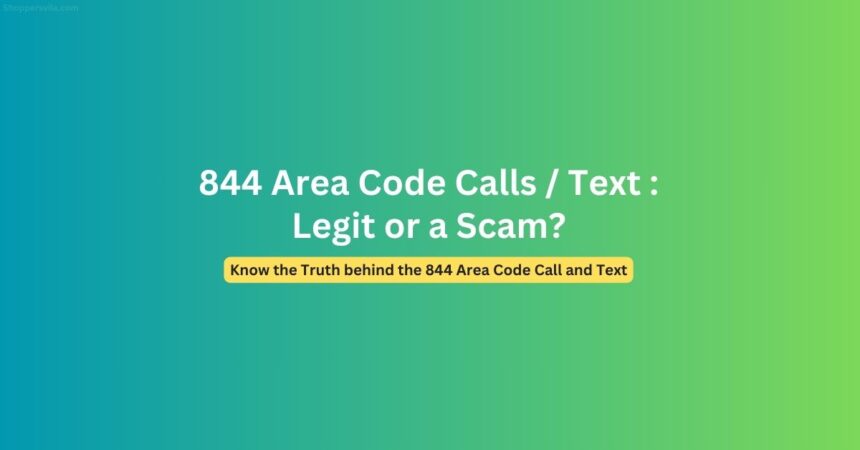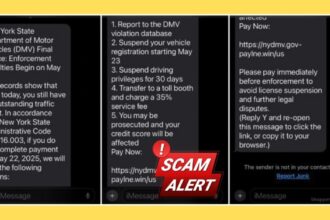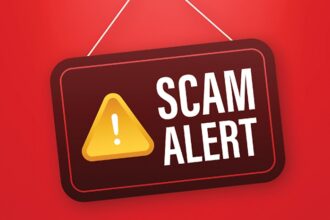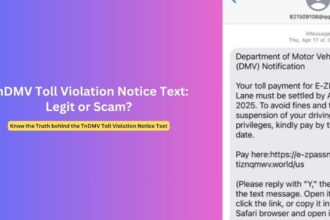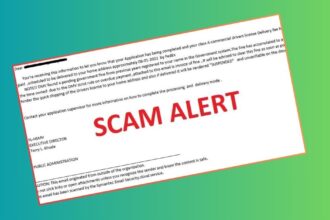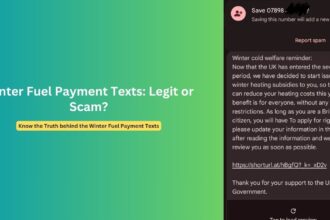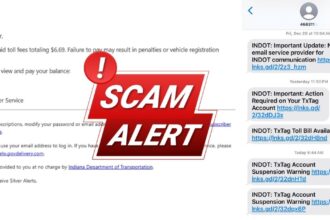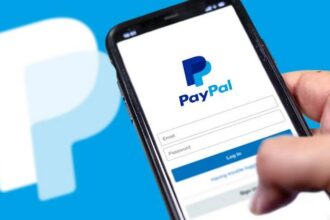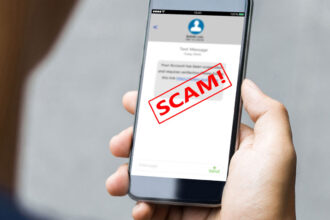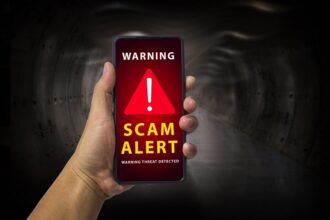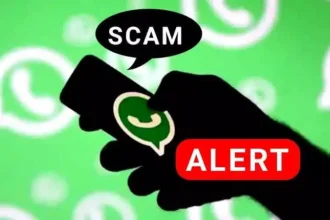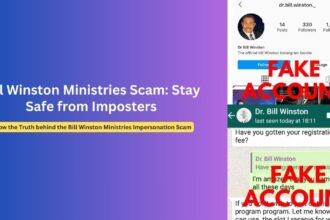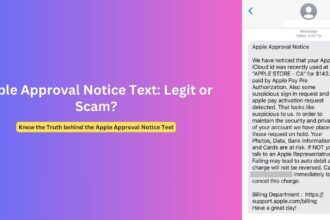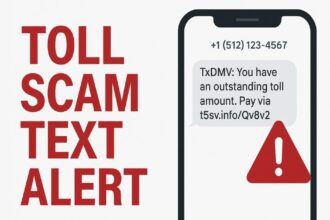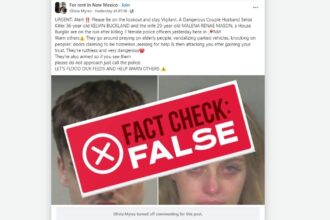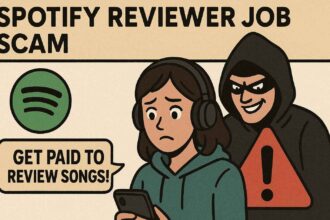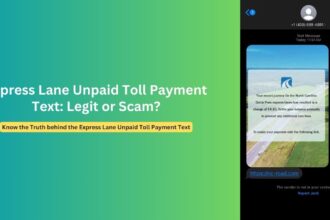In today’s digital age, receiving calls and texts from unfamiliar numbers has become a common occurrence. Among these, communications from 844 numbers often raise questions about their legitimacy. This comprehensive guide aims to clarify what 844 numbers are, how they’re used by both legitimate businesses and scammers, and how you can protect yourself from potential fraud.
What Is the 844 Area Code?
The 844 prefix is not an area code in the traditional sense. Unlike geographic area codes that are tied to specific locations, 844 is a toll-free prefix designated for North America. When callers contact an 844 number from the United States, Canada, and many other countries in the North American Numbering Plan (NANP), the calls are free for them.
Established on December 7, 2013, the 844 prefix is among the newer additions to the family of toll-free codes that also includes 800, 833, 855, 866, 877, and 888. These numbers are not associated with any specific city, region, state, or time zone.
Legitimate Uses of 844 Numbers
Toll-free 844 numbers serve many legitimate purposes, particularly for businesses:
- Customer Service: Many companies use 844 numbers for their customer service departments, allowing clients to contact them without incurring charges.
- Sales Operations: Businesses often establish toll-free lines to make it easier for potential customers to reach their sales teams.
- National Presence: Companies use these numbers to create a nationwide presence, regardless of their physical location.
- Enhanced Customer Experience: By providing free calling options, businesses aim to improve customer satisfaction and accessibility.
- Call Management: 844 numbers can be easily forwarded to different offices or agents, helping businesses manage their call traffic efficiently.
Many reputable organizations including banks, insurance companies, healthcare providers, retail chains, and government agencies use toll-free numbers, including those with the 844 prefix.
How Scammers Exploit 844 Numbers
Unfortunately, the perceived legitimacy of toll-free numbers makes them attractive tools for scammers. Law enforcement agencies, including the Newport Oregon Police Department, have issued warnings about scammers using 844 numbers. Here’s how fraudsters typically operate:
- False Authority: Scammers may claim to be from government agencies, debt collection firms, or legal services, using the official-sounding toll-free number to appear legitimate.
- Personal Information Harvesting: The primary goal is often to extract valuable personal data such as Social Security numbers, bank account details, or credit card information.
- Spoofed Caller ID: When scammers call, their actual number typically doesn’t appear on caller ID, showing as “Unknown Number” or “Unknown Caller” instead.
- Callback Scams: They might leave urgent messages asking you to call back an 844 number, where they’ll attempt to extract personal information or payments.
- High-Pressure Tactics: Common scenarios include threats of legal action, arrest warrants, or claims about unpaid debts to create anxiety and rush decisions.
Common 844 Number Phone Scam Scenarios
Several patterns have emerged in how scammers use 844 numbers for voice calls:
1. Legal Document Service Scams
Scammers claim they need to serve legal documents and ask if you’ll be home on a certain day. This could be both an information-gathering tactic and potentially a way to determine when your home might be empty.
2. Debt Collection Fraud
A prevalent scam involves callers claiming to represent collection agencies for unpaid payday loans or other debts. They may have some of your personal information (like an old email address or the last four digits of your Social Security number) to seem legitimate, but cannot provide specifics about the alleged debt when questioned.
3. Grandparent Scams
In these heartbreaking schemes, scammers call elderly individuals claiming to be their grandchild in trouble, often saying they’ve been arrested and need bail money. They provide an 844 callback number for a supposed “attorney” who arranges payment.
4. IRS Impersonation
Fraudsters claim to be from the Internal Revenue Service, threatening arrests or legal action for unpaid taxes unless immediate payment is made through specific methods like gift cards or wire transfers.
5. Technical Support Fraud
Callers claim to be from Microsoft, Apple, or other tech companies, saying they’ve detected a problem with your computer and offering to fix it for a fee or requesting remote access to your device.
844 Area Code Text Message Scams
Text messages from 844 numbers present their own category of potential scams. Here are common text-based schemes to watch out for:
1. Property Purchase Offers
As one social media user reported, scammers may send texts claiming they want to purchase your property, including a link to “see how much they offer.” These links typically lead to phishing websites designed to collect personal information or install malware.
2. Package Delivery Notifications
Text messages claiming to be from delivery services about “missed deliveries” or “package issues” that require you to click a link to reschedule or pay a fee. These are often phishing attempts.
3. Account Security Alerts
Texts claiming to be from banks, credit card companies, or other financial institutions about “suspicious activity” on your account that requires immediate action through a provided link.
4. Prize or Gift Card Notifications
Messages announcing you’ve won a contest or gift card that you need to claim through a link. If you don’t recall entering a contest, it’s almost certainly a scam.
5. “Wrong Number” Conversation Starters
A seemingly innocent text that appears to be sent to the wrong person, but when you respond, the scammer engages you in conversation to build trust before eventually introducing a scam, often related to cryptocurrency investments or other financial opportunities.
Red Flags to Watch For
When receiving calls or texts from 844 numbers, be alert to these warning signs:
- Urgent action required: Creating a sense of urgency is a classic pressure tactic.
- Threats of legal consequences: Legitimate organizations don’t typically threaten immediate arrest or legal action over the phone.
- Requests for unusual payment methods: Gift cards, wire transfers, or cryptocurrency requests should raise immediate concerns.
- Callers with heavy foreign accents: While this alone isn’t definitive, scammers often operate from overseas call centers.
- Inability to provide specific information: If they can’t tell you exactly what the alleged debt or legal issue relates to, it’s likely fraudulent.
- Requests to confirm personal information: Legitimate callers wouldn’t typically ask you to verify data they should already have.
- Emotional manipulation: Creating fear, excitement, or sympathy to cloud judgment.
- Links in text messages: Legitimate businesses rarely send important links via text, especially without prior communication.
- Grammar and spelling errors: Professional organizations typically have quality control measures for their communications.
How to Protect Yourself
Follow these best practices to guard against 844 number scams:
1. Verify Before Providing Information
- Never give personal or financial information to unsolicited callers or through texts.
- Ask the caller for their name, company, phone number, and physical address, then hang up and independently verify the information.
- Contact the company or agency directly using a phone number from their official website or a bill.
- Never click on links in suspicious text messages – instead, open a new browser window and go directly to the official website.
2. Use Call and Text Screening Tools
- Let unknown calls go to voicemail.
- Use call-blocking apps like Call Control, TrueCaller, or your phone’s built-in screening features.
- Consider registering your number on the National Do Not Call Registry, though this won’t stop scammers who ignore legal requirements.
- Most mobile carriers now offer free spam text filtering services – contact your provider to ensure these are enabled.
3. Report Suspicious Activity
- Report scam calls and texts to the Federal Trade Commission (FTC) at ReportFraud.ftc.gov.
- Forward suspicious texts to SPAM (7726), which helps carriers identify and block these numbers.
- File complaints with your state attorney general’s office.
- Inform your local law enforcement if you’ve been threatened.
4. Stay Informed
- Keep up with current scam tactics by checking consumer protection websites.
- Discuss potential scams with family members, especially elderly relatives who may be targeted.
- Google unfamiliar phone numbers before returning calls.
5. Take Control of the Conversation
- Ask more questions than you answer.
- Make the caller provide information rather than confirming details they present.
- Don’t be afraid to hang up if something feels suspicious.
- Don’t respond to suspicious text messages, even to say “STOP” or “remove me” – this confirms your number is active.
How to Block Unwanted 844 Calls and Texts
If you’re receiving persistent calls or texts from suspicious 844 numbers, here’s how to block them:
For Android Users:
- Open the Phone app and go to the “Recent” tab
- Press and hold on the number you wish to block
- Select “Block/report spam”
For Messages:
- Open the message
- Tap the three-dot menu
- Select “Block number” or “Block & report spam”
For iPhone Users:
- Open the Phone app
- Go to the “Favorites,” “Recents,” or “Voicemail” tab
- Tap the information icon (i) next to the number
- Scroll down and select “Block This Caller”
For Messages:
- Open the message
- Tap the sender’s name or number at the top
- Tap the info button
- Select “Block this Caller”
FAQs About 844 Area Code Calls and Texts
1. Is 844 a real area code?
No, 844 is not a geographic area code but a toll-free prefix used throughout North America. Unlike traditional area codes that correspond to specific locations, 844 numbers can be used by businesses anywhere in the United States and Canada.
2. Are all calls and texts from 844 numbers scams?
No, many legitimate businesses and organizations use 844 toll-free numbers for customer service, sales, and other purposes. However, scammers do exploit the perceived legitimacy of these numbers, so caution is warranted with unsolicited communications.
3. How can I tell if an 844 number is legitimate?
Research the number by searching online for reviews or complaints. Contact the purported organization directly through their official website or a known number from your bill or statement. Legitimate organizations won’t pressure you for immediate payment or personal information, and they typically don’t initiate contact through text messages asking you to click links.
4. What should I do if I’ve already given information to a scammer using an 844 number?
If you’ve shared financial information, contact your bank or credit card company immediately. For compromised personal identification, consider placing a fraud alert with credit bureaus. Report the incident to the FTC at ReportFraud.ftc.gov and monitor your accounts closely. If you’ve clicked a suspicious link, run a security scan on your device and consider changing important passwords.
5. Can I block all 844 numbers on my phone?
Most phones don’t allow blocking entire prefixes, but you can block individual numbers as they call or text. Some third-party call-blocking apps may offer more comprehensive blocking options for toll-free numbers.
Conclusion
The 844 prefix, like other toll-free numbers, serves a legitimate purpose in business communications. However, its official appearance and widespread use make it an attractive tool for scammers operating through both calls and text messages.
The key to protecting yourself lies in vigilance and education. By understanding how these numbers work, recognizing common scam patterns, and knowing how to verify suspicious communications, you can significantly reduce your risk of becoming a victim.
Remember that legitimate organizations won’t pressure you for immediate action or personal information over the phone or through texts. When in doubt, ignore the message, hang up, research independently, and contact the organization directly through verified channels.
In today’s landscape of sophisticated phone and text scams, a healthy skepticism toward unsolicited communications – even those from official-looking toll-free numbers – is your best defense against fraud. By staying informed and cautious, you can navigate the digital communication landscape with greater confidence and security.
